The Golden Dawn interview with George Kinney
The Golden Dawn released Power Plant in 1968 on International Artists. It’s among the very best in the genre of Texas psych!
What do you consider to be your first real exposure to music?
Back in 1952, I was 6 years old and my Mom was the first director of the Austin Civic Theater. Austin had no music scene then and the cultural scene centered around drama and theatrical performances at UT and at the Austin Civic theater. My mom dressed me up in a cowboy suit and I sang songs between acts of the plays. I had to stand on a bar stool to reach the mic. I sang “Old Chisolm Trail” and “Big Rock Candy Mountain”.
A few years later, I started writing poems about girls I fell in love with. Then Roky Erickson taught me how to play a few chords on the guitar and I started turning my poems into songs. We idolized Bob Dylan, The Beatles, The Rolling Stones, James Brown, Little Richard, and Buddy Holly. We used to go the the drag (over by the University of Texas campus) and sit outside the coffee houses on the sidewalk and play songs for tips. We were too young to get in the clubs, but we snuck in a few times and heard Towns Van Zandt and Jerry Jeff Walker, and Alan Dameron. We were hooked. I never stopped writing songs and playing the guitar.
Were you in any bands before forming the Golden Dawn?
The main band I was in before the Golden Dawn was a band called the Chelsea. It was formed by John Andrews and Bob Arthur, who had just returned from Europe doing a tour with Boz Scaggs. They auditioned me for the lead singer slot in their new band and selected me right off the bat. I loved to perform and danced around like Mick Jagger on stage. The girls loved it and we were popular. Mostly fraternity gigs because they paid well and lots of girls were available. The Chelsea was a very good copy band, but I wanted to write songs and sing my own stuff, so eventually the band broke up and I joined my high school buddies and formed the Golden Dawn.
The Golden Dawn formation
Tommy Ramsey, Bill Hallmark, and Jimmy Bird contacted me and asked me to help them form a rock band, so I agreed and we found a drummer, Bobby Rector, a friend of Stacy Sutherland’s from Kerrville. Stacy was the lead guitar player for the 13th Floor Elevators. After the Dawn broke up, I formed several other bands, including Headstone, with the Edwards brothers on guitar and me singing. John Kearney played drums and we had several bass players during the life of the band. We once practiced for 365 days in a row, a whole year without missing a day of rehearsal. We were very tight, but never really played many gigs. Mostly we stayed stoned and wrote and played music.
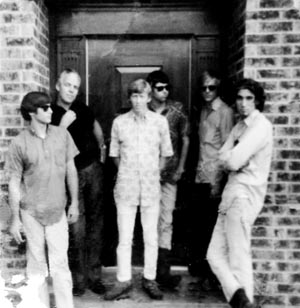
Inspiration
Inspiration was everywhere. You kinda have had to have been there. The world was changing and music was the leading force of change. I wanted to incorporate intellectual thinking concepts into music, thus integrating the mind/heart aspect of our beings. That was and still is the underlying principle within my music. Heart and mind, together, working for the benefit of us humans. The music and voice opened the heart and the lyrics opened the mind. It was very artistic, if you ask me. (and you did)
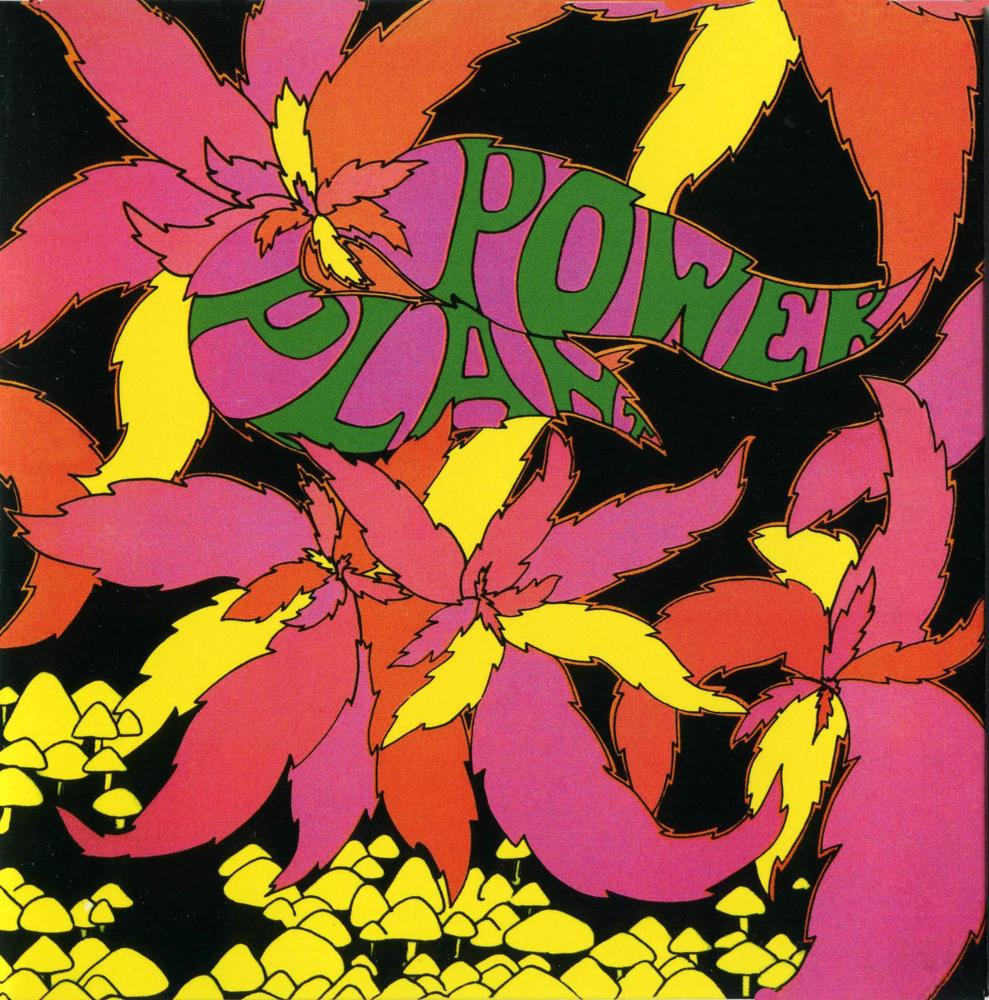
Would you share your insight on the albums’ tracks?
Side A:
“Evolution”
This is, perhaps, the most meaningful song on the album. It deals with the central message of the Golden Dawn… that of psychological evolution, a necessary and possible direction for the human species to strive for and in doing so realize the most positive and beneficial set of possible futures that are available to us in the infinite realm of all potentials. The idea is that the signs are everywhere, we just need to learn to recognize them and heed the transcendent nature of their message.
“This Way Please”
This is a sincere plea for folks to follow their hearts and the direction that their natural feeling of love, the natural movement of the vital energies of the heart Chakra provides them.
It is also just a love song, describing the lament of a lover who truly believes that he has found the right direction and wants to share it with his mate, but she is less enthusiastic about the union. It describes the inevitable separation that occurs when two people who may have been very close and intimate, but come to a crossroads where their paths must part in order for them to find their true destinies.
“Starvation”
It describes the suffering that most often accompanies one on the path of enlightenment, the hero’s journey. It emphasizes key methods for achieving success on this most mysterious and miraculous voyage. It urges listeners to reorganize the channels of their thought, a key new testament method, translated as repentance in the English bible, but derived somewhat mistakenly from the original Greek word “metenoia” meaning a reversal of fundamental world view or perspective.
“I’ll Be Around”
This is a pledge from the author that he is sincere about his concern for his listeners. He wants them to know he is in it for the long run, not just a passing trend or new age splash in the pan.
“Seeing is Believing”
This song was inspired by the Marshall McLuhan book, “The Medium is the Message”. It has to do with the importance of suspending disbelief in unique… innovative ideas long enough to understand their deeper implications. It emphasizes the importance of comprehending the multi-dimensional universe, not just the content with the surface appearance of reality that is rendered to us through our conditioned ego-based sense of self-identity.
B side:
“My Time”
This song is about the importance of establishing a personal identity that allows a person to create and follow a personal path or spirit quest that addresses his or her karmic needs specifically. It is a gentle attack on those who would thwart this endeavor due to conditioned, ego-based self identity hang ups.
“A Nice Surprise”
Just a song about being able to accept something that is a useful gift without reservations or guilt, even though it is outside of the mainstream paradigm or status quo.
“Everyday”
A love song about my first wife, Dana Morris. Our relationship was complicated to say the least. We were way too young to know what the hell we were getting into, and the marriage didn’t last very long, but we had a wonderful daughter, Lenicia, and we are still good friends.
“Tell Me Why”
Another love song, but with a twist of philosophy. It is a appeal from one lover to another to stick it out during hard times. It tries to explain that most of the time the problems that confront a couple re-surface with the next relationship and that leaving may not be the answer.
“Reaching Out to You”
This is one of my favorite all time songs. It is the result of developing an understanding of Tantric philosophy as it restates to love and sexual communion. According to Tantric Art and Tantric love ideas, humans, male and female, are one being, separated by illusion when they are born into time. Their task is to reunite, through correct sexual union, so that they are once again whole beings, combining both male and female aspects. This union transcends space and time and places the man and woman into cosmic consciousness rather than being bound in the conditioned, ego based consciousness that defines the status quo. This transformations allows and enhances creative psychological evolution to occur and is the key to human salvation.
Album artwork
George Banks made the cover artwork. He’s a wonderful artist and a very good man in all respects. I am still good friends with George and see him occasionally when I am in Houston.
Recording session
The recording sessions were fun. We thought we were all going to be rock stars. We had no idea that we would come out of the deal with absolutely no rights to our own music and no promotional assistance. Still, it was fun and I in no way regret having done it. The record seems to be immortal to some extent and I still have fans all over the world who are apparently inspired by the songs. That’s a good feeling and I am happy to have done my part during those times. I have no idea how many records were pressed back then.
What happened next?
Unfortunately, the band broke up not long after recording the album. Our deal with IA and their lack of effort in our behalf made financial sustenance impossible. We all had to get other jobs to support ourselves and our families. Bill Hallmark and I both pursued music careers to some extent, though separately. I spent many years doing singer/songwriter gigs all over the country and formed various bands as well.
What are some of your favorite memories from gigs?
I remember a gig at “The Dunes” in Port Aransas when some guy tried to hit on Rita, Tommy Ramsey’s wife, during the performance. Tommy jumped off stage and decked the guy and we all jumped in an it turned into a huge, western-style barfight. Nobody was seriously injured and we felt pretty elated about the whole incident. Back then, having long hair and being a musician in Texas was a call to arms. The rednecks always thought they could push us around, but we were South Austin street fighters and they were usually in for a big surprise. We kicked a lot of ass after gigs and at all night truck stops during those days. I know it seems contradictory that such violence could be compatible with my esoteric philosophy, but that’s the way it was.
Connection with Roky Erickson Of the 13th Floor Elevators
Yes, I was good friends with Roky. There are lots of stories about him, but one stands out. I can’t really do it justice in this interview, but it occurred in Houston during the recording of Power Plant. Tommy Hall and Roky and Jerry Lightfoot and I took some mescaline and Tommy took us to the Hogg Foundation park in Houston to witness the parade of elephants that happened at midnight. We witnessed the event, though it was most likely a collective hallucination engineered by the mystic, Tommy Hall. Anyway, after the parade, we sat in a circle and there was an extremely comprehensive debate between Tommy and Roky about what was the real importance of the 13th Floor Elevators. Tommy insisted it was the intellectual understanding of the esoteric ideas about which their lyrics were concerned… ideas mostly generated originally by the Armenian mystic, George Gurdjieff and the Russian Psychologist, P. D. Ouspensky. Roky felt the more important purpose was the expression of love and brotherhood that the band symbolized.
Jerry and I just listened for the most part and were amazed by the depth and meaningful insights both men expressed. I have never forgotten that night and that wonderful debate.
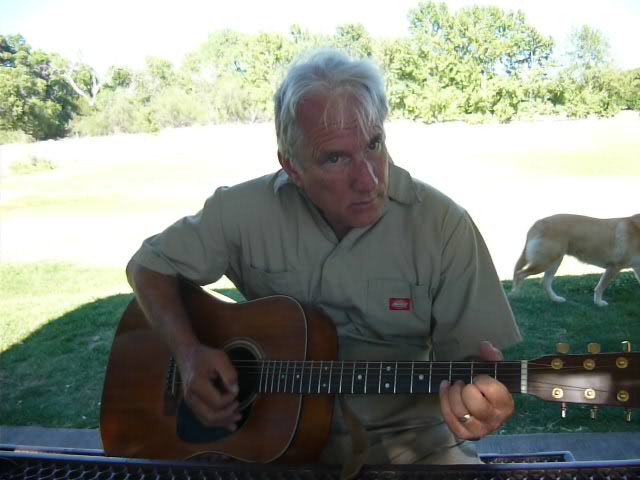
What are you doing these days, George?
I am awaiting a liver transplant and playing a few gigs to raise money for the medicine and surgery. On a day to day, I am also building an Acupuncture Clinic on my land and writing a new novel about Texas seceding from the union. Besides that, I have a few horses that I am currently training to be saddle ready.
Thank you very much for the interview.
Thank you!
– Klemen Breznikar

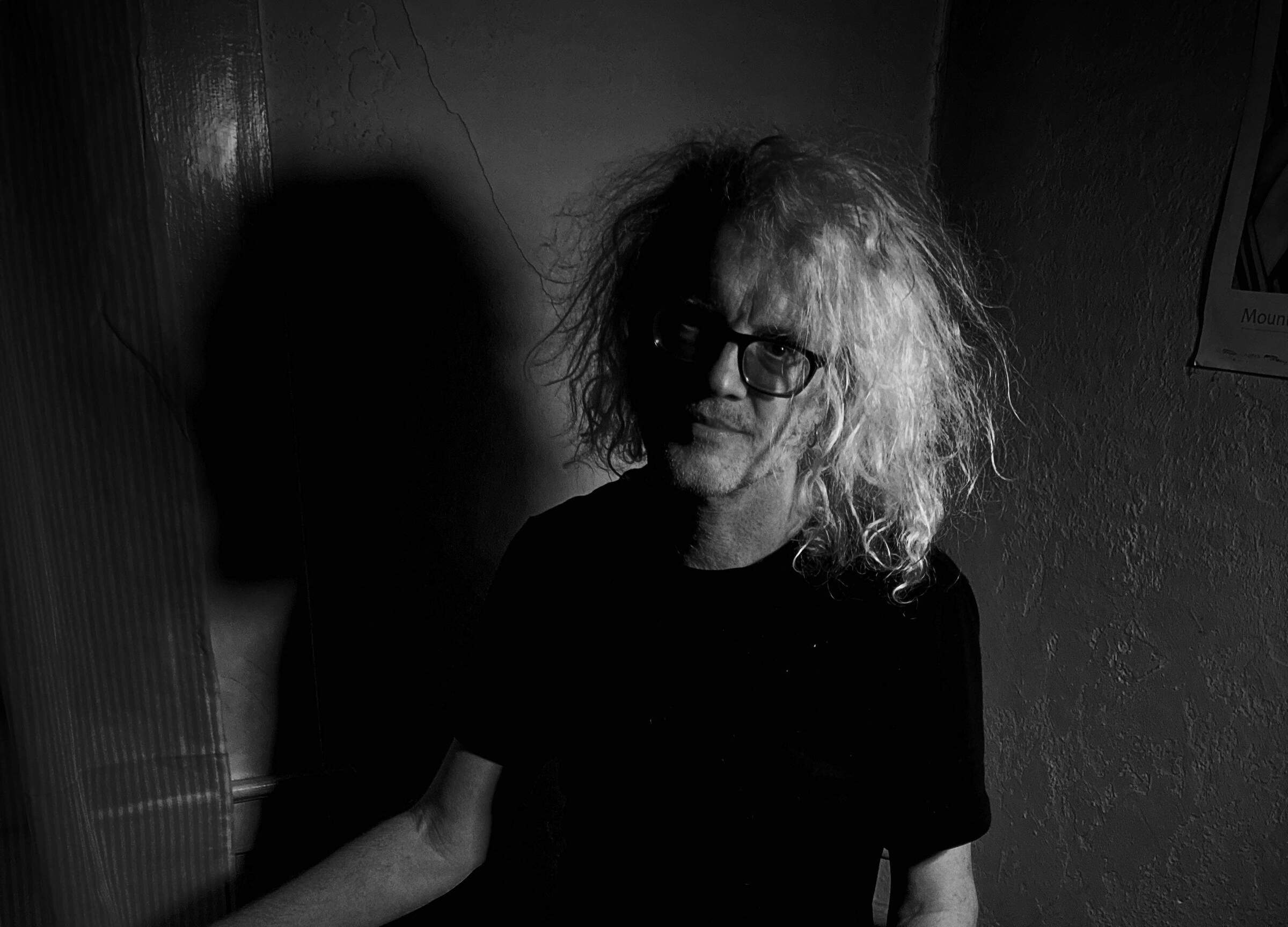
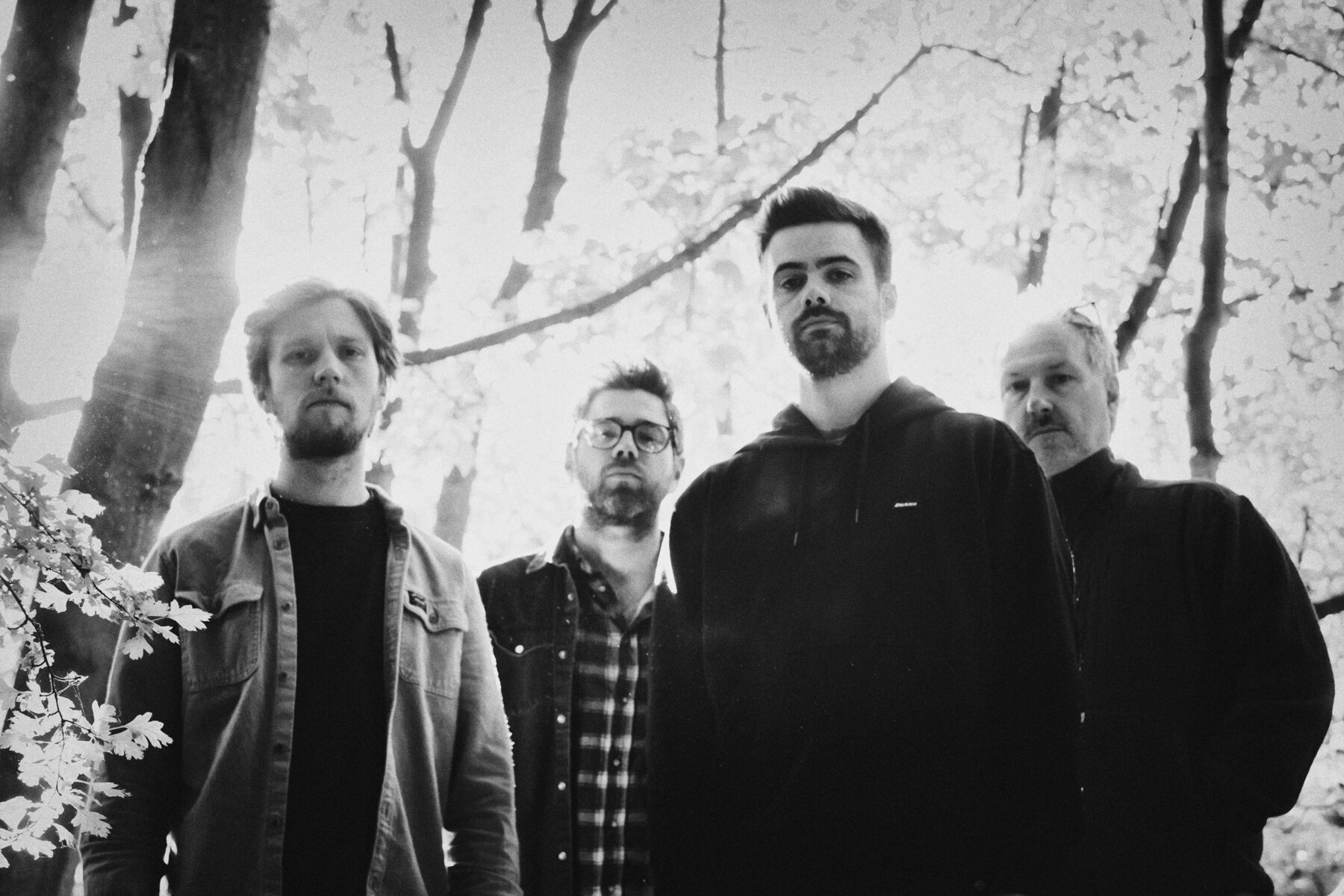
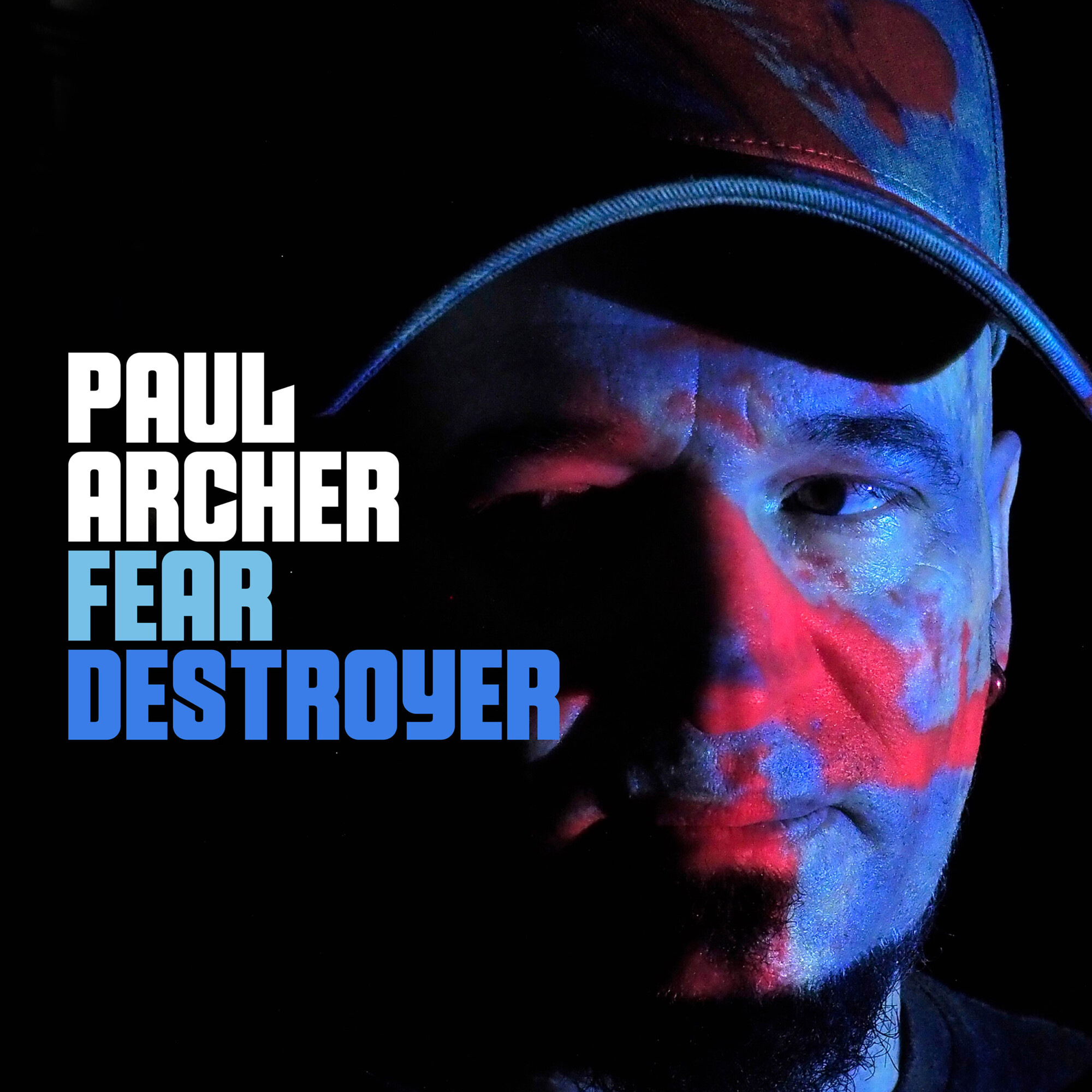
I like these guys song "Evolution".. Best UK style psych around..
Thanx for sharing this.
I bet "Monkey Island" is a Gurdjieff inspired 13th floors song..
Just up – George Kinney's new Bandcamp website. All of his albums online for streaming and purchase. Check out "Power Plant" – listen, love, buy!
http://georgekinneyandthegoldendawn.bandcamp.com/indexpage
What an amazing tale